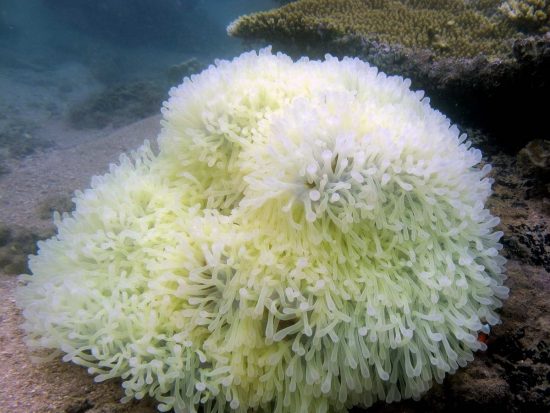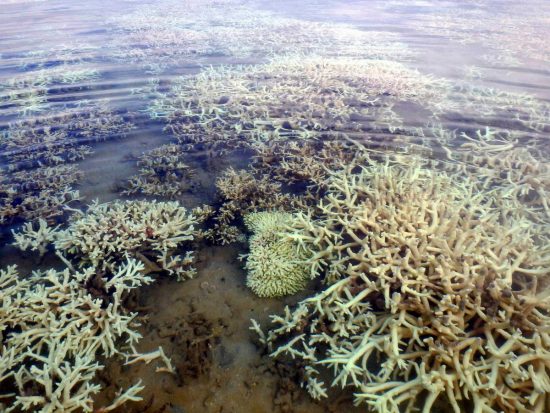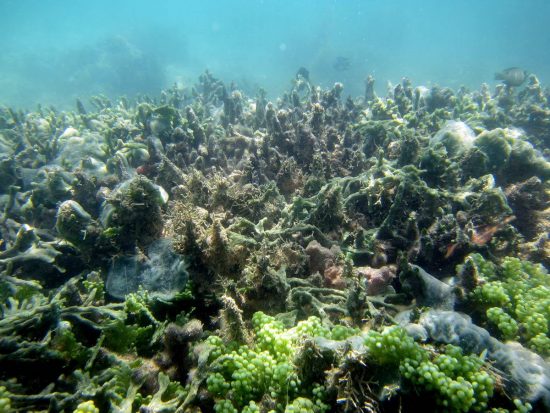




Researchers study effects of coral bleaching on Western Australia's reefs
Researchers from the University of Western Australia (UWA), the ARC Centre of Excellence for Coral Reef Studies (Coral CoE) and the Western Australian Marine Science Institution (WAMSI) have studied the impact of mass bleaching on reefs in Western Australia since 2016. The global coral bleaching of 2016 is the most prominent ever observed.
Coral bleaching occurs as a result of abnormal environmental conditions, such as increased sea temperatures, which cause corals to eject tiny photosynthetic algae called zooxanthellae. Bleached corals can recover when the temperature drops and the zooxanthellae are able to re-colonise the corals; otherwise the corals will die off.
The researchers, under the direction of Dr Verena Schoepf and Morane Le Nohaïc, have conducted research into the health of coral reefs along the Western Australian coast from the tropical to temperate locations.
“We found a concerning 57 to 80 per cent of corals on inshore Kimberley reefs were bleached in April 2016 – this included Montgomery Reef, Australia’s largest inshore reef. Our research also found that there was mild bleaching at Rottnest Island – 29 per cent of corals were moderately bleached. Ningaloo Reef, a UNESCO World Heritage site, escaped bleaching, but had some temperature-unrelated coral mortality,” said Dr Schoepf.
The pattern of bleaching was more or less in line with the heat stress pattern of 2016. “This is the first documented regional-scale bleaching event in WA during an El Niño year and the first time we have been able to measure the percentage of impacted corals in 2016,” she added.
Coral reefs in Western Australia are threatened by both El Niño (like in 2016) and La Niña (like in 2010/11). However, the geographic footprints differ – with the northwest being at risk during the El Niño years, and the Ningaloo Reef and the more southerly reefs being threatened during the La Niña years.
As bleaching events are set to occur more frequently in the future, it is important to observe how they affect the coral reefs' resilience and how long it takes for the reefs to recover from such incidents.
The researchers published the findings of their study in the journal Scientific Reports.
More Information: www.coralcoe.org.au
Link to the study: www.nature.com/articles/s41598-017-14794-y
Video: www.youtube.com/watch?v=faDqoLn-qAk
 Herbert
Herbert 8th November 2017
8th November 2017